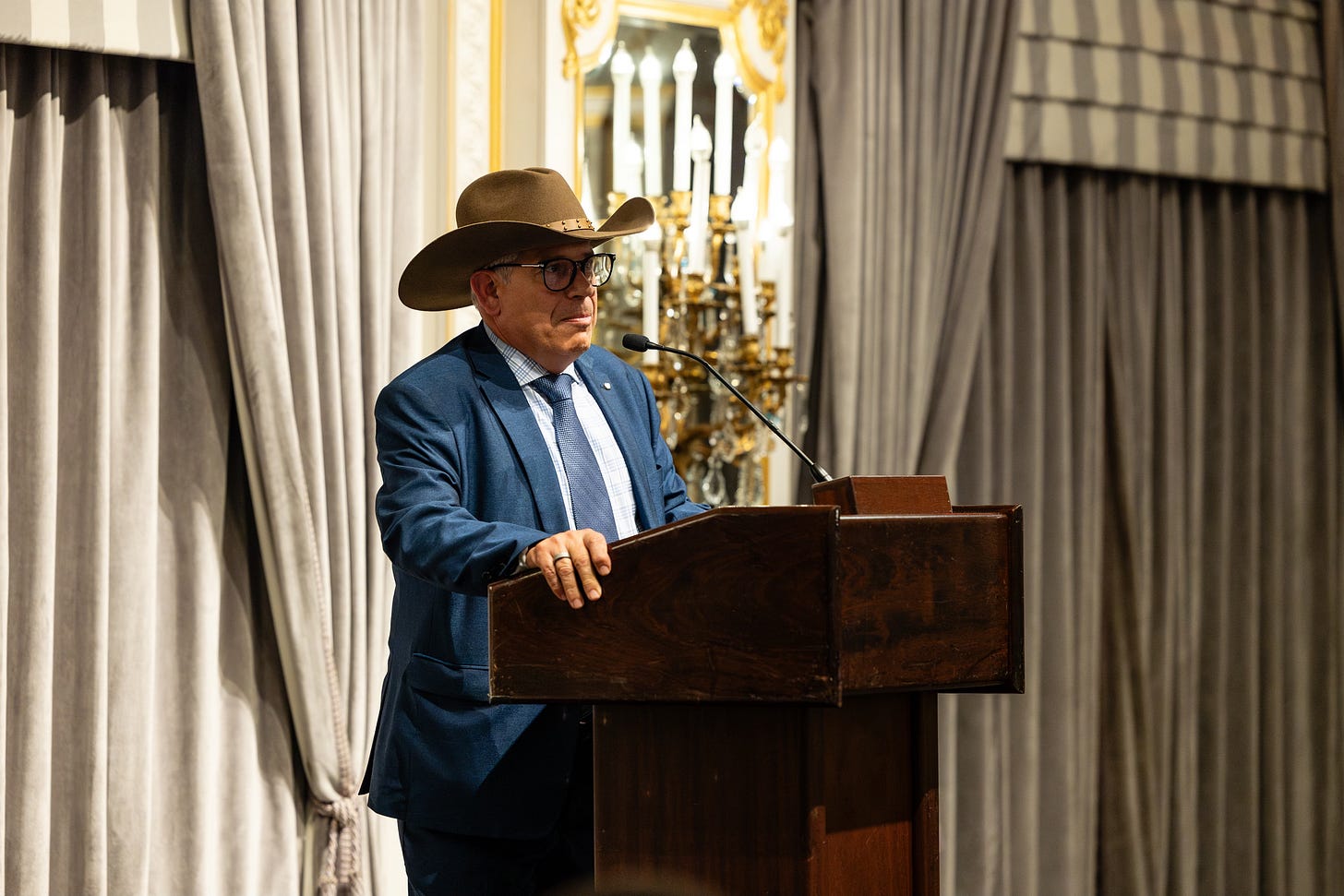Ladies and gentlemen, it has been some time since my last post. Then, today, I felt a sudden urge to write about our current environment.
You might think that, having worked in the gold market for over forty years, I’d be ecstatic about what seems to me a runaway gold price. I lived through many years of a depressed market, when a fifty-cent move per ounce was about all the excitement you could expect. The world has changed and so has the gold market.
We’ve seen incredible advancements in technology that have transformed how we live. In many cases, these innovations have been powerful tools, lifting people out of poverty and propelling others to riches.
I remember Black Monday in 1987, when gold rallied amid the chaos of a collapsing stock market—yet it still couldn’t break $500 per ounce. Later, in 1991, the Gulf War had no significant impact on gold prices either; they didn’t even approach $500. With a secure U.S. global position, a strong economy, and expectations of continued peace, gold steadily lost its allure—or its "cache," as it’s often said.
By the year 2000, the United Kingdom viewed gold as a relic of the past and began offloading its reserves. After all, the world seemed mostly at peace, and a sense of calm prevailed, especially in the West. Gold hit its lowest point then, a period now dubbed "Brown’s Bottom," after Gordon Brown, who oversaw the sale of Britain’s gold at the time. I recall watching gold approach $200 per ounce in the early part of this century and thinking, "Thank God I sold mine at $500 an ounce in the late 1980s to buy my house."
Fast forward to the 9/11 terrorist attacks on New York, then to 2006 and the start of the mortgage crisis—the U.S. began to suffer. By 2008, we faced a complete collapse of the financial system, driven by an overleveraged market tied to those same home loans. Collapsing banks were rescued through mergers and a bailout with public funds.
That’s when the world was rocked. "Silent no more" became the new motto as the reality of risky, nefarious investments—like collateralized mortgage-backed securities sold globally—came to light. By January 2009, gold was trading at $875 per ounce. By January 2011, it had climbed to around $1,400. Then came COVID-19 and a rush of government money-printing; by January 2022, we were near $1,800 an ounce. Even at that point, I wasn’t overly concerned—it seemed like a reflex to excessive money printing, and I assumed an eventual correction through responsible government spending and management would follow. But no politician was willing to take the necessary steps, and the financial situation continued to deteriorate.
We’ve now reached a point where everyone realizes the pain is coming. Measures under the current U.S. administration will fuel a purging fire we’ll all feel. Tariffs are a big part of it, but the realignment of U.S. spending is even greater—the free ride for the rest of the world is over.
Meanwhile, Europe faces its own political, economic, and social turmoil. This weekend, President Macron’s show of force, deploying the French army, has thrust fears of an escalating European war onto the front page.
War and monetary crises aren’t fertile ground; they’re hardscrabble dirt. They’re the insipid excuse of the powerful to ignore the people, whom they often view as utilitarian at best. People are beginning to see that the tectonic plates of economy and politics may not be shifting toward a desirable destination. In fact, it’s starting to feel like a volcano about to erupt.
Interestingly, one of the greatest telltale signs has been the relentless buying of gold by central banks since 2010, with a marked increase in recent years. At first, it seemed many were doing this to escape the dominance of the U.S. dollar. Now, it appears to be a more deliberate move to protect their nations in times of upheaval.
I always try to look for the good in everything—and in most cases, there is good to be found. Sadly, in the first quarter of this century, the world has seen an exponential rise in stupidity and crime. Dishonesty, corruption, and selfishness at all levels of society are drawing us ever closer to the brink of a crisis I’d hoped never to witness.
As a boy, I watched the news and saw the death counts of young men in Vietnam. It upset me to my core, and it still saddens me today. I pray we don’t see war escalate around the globe. But gold hitting all-time highs makes me worry about things I cannot see. That’s what the price of the metal is telling me. I need to open my mind and heart to accept that higher prices may be ahead—because true peace remains elusive.





